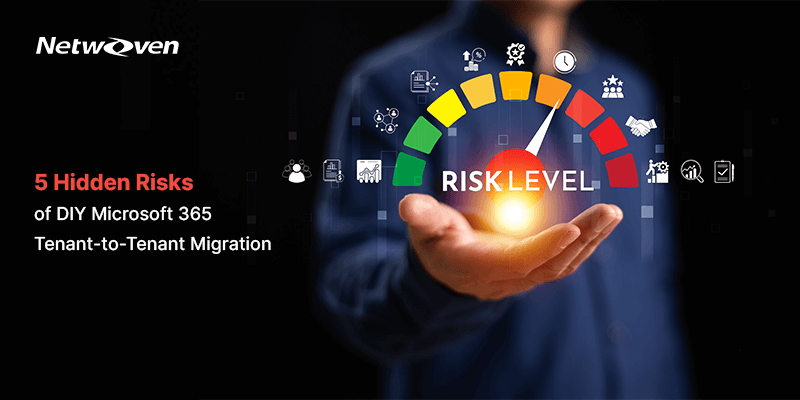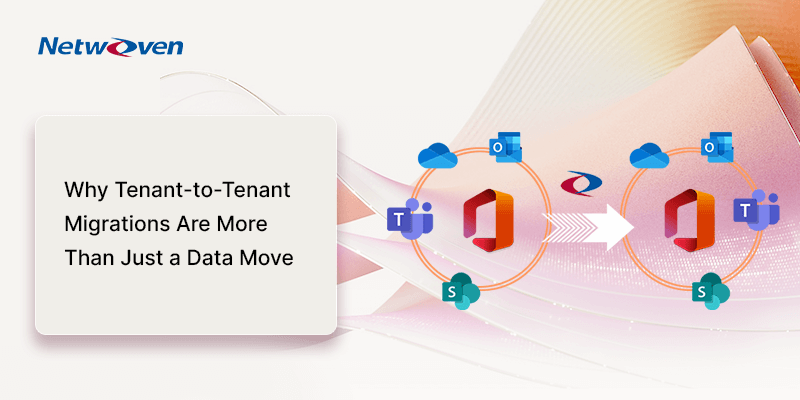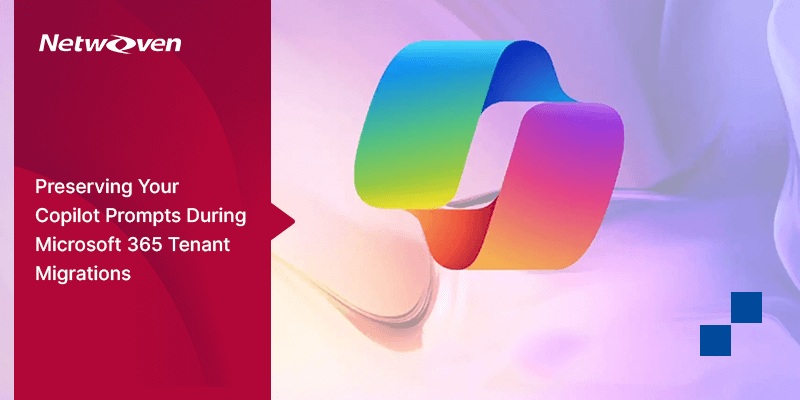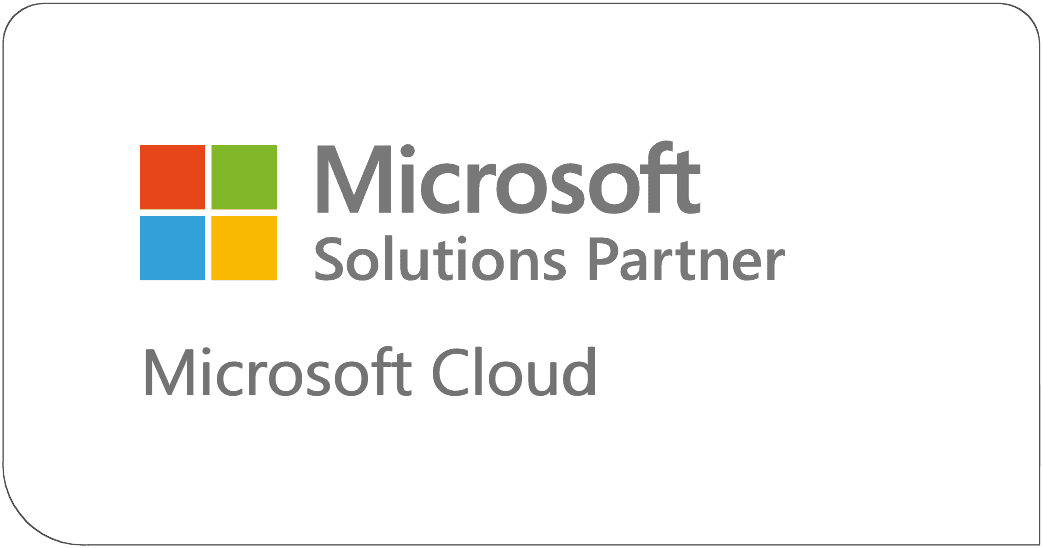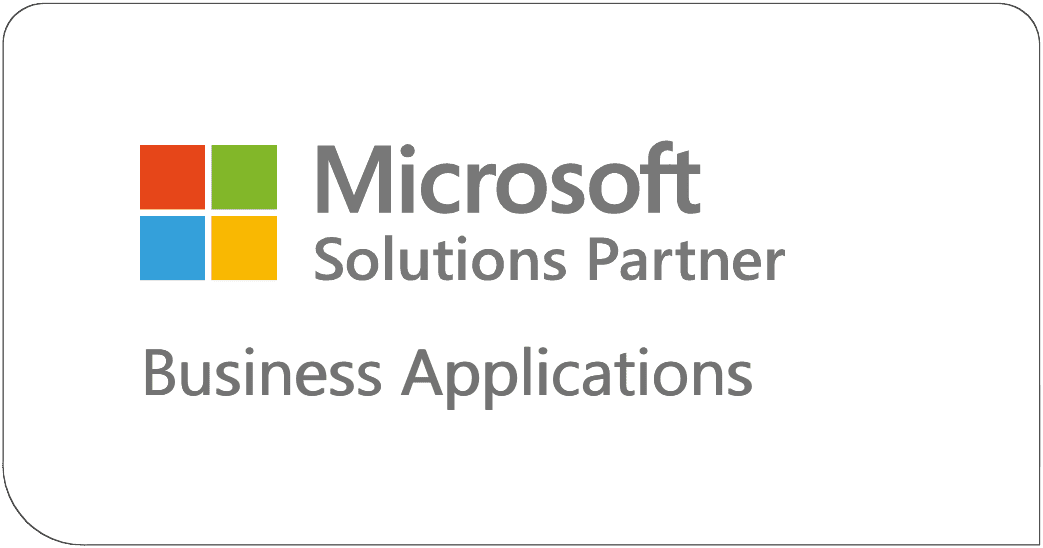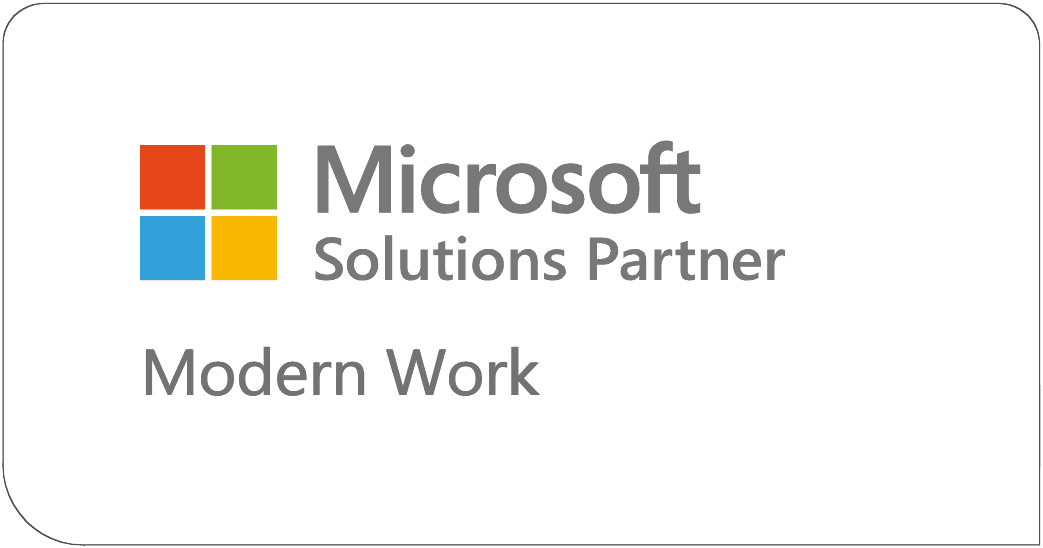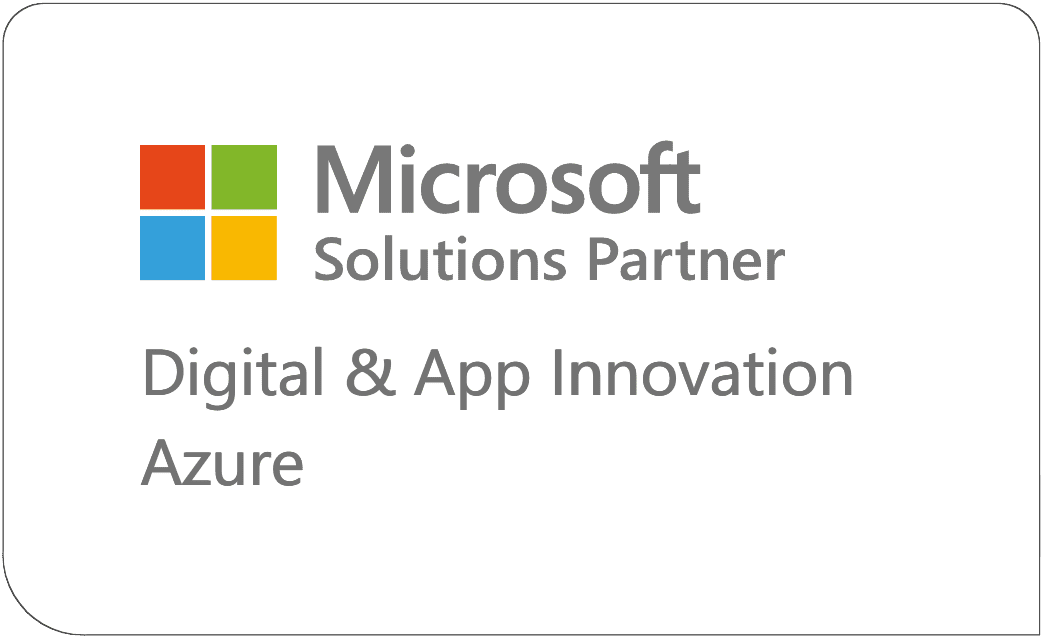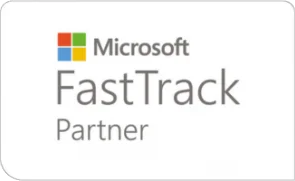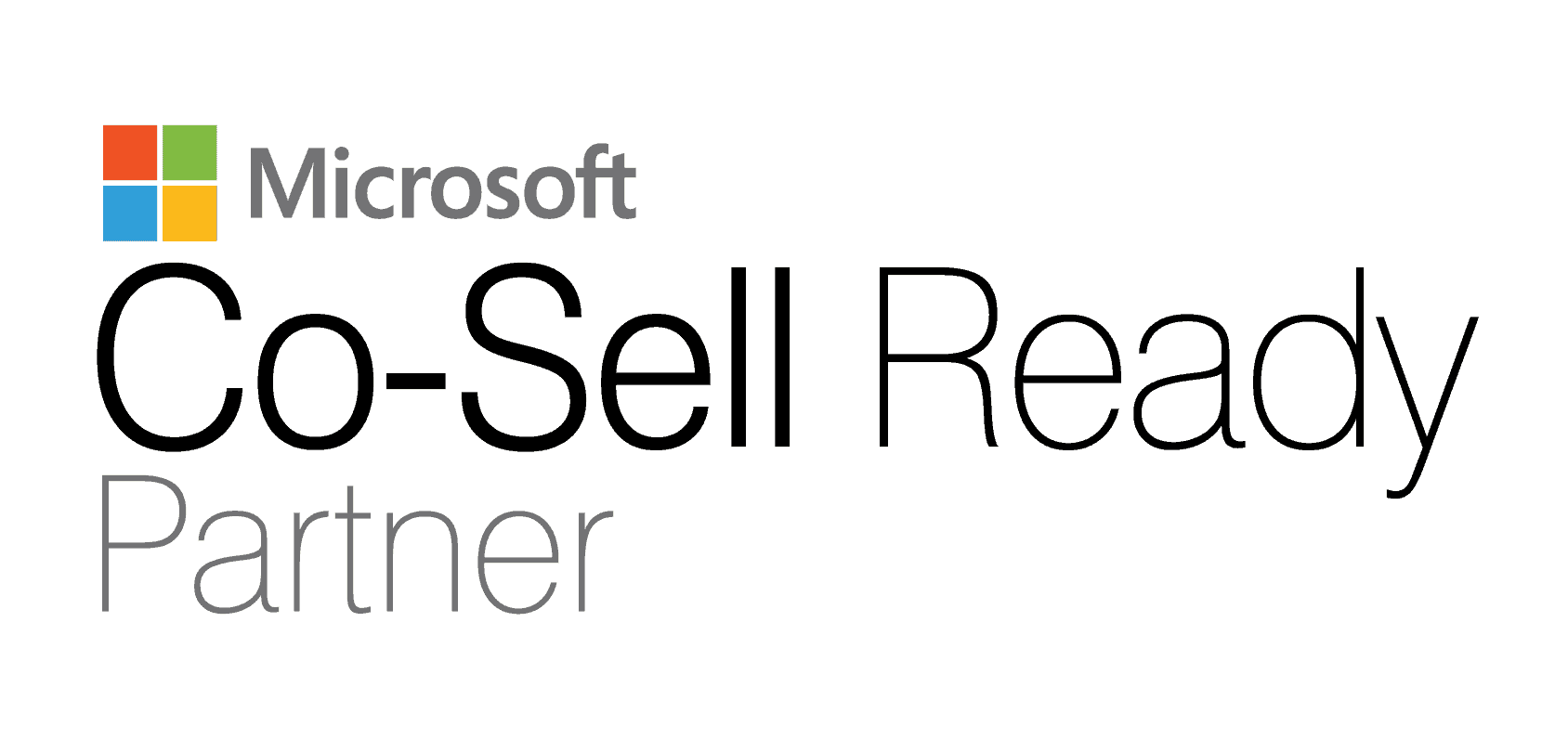Introduction
Your company just acquired another firm. The announcement is fresh, and the integration team is already in motion. One of the first tasks? Merge the two Microsoft 365 environments.
It sounds simple enough. After all, it’s just Microsoft 365 mailboxes, files, Teams, and a few apps. Your IT team is confident. “We’ll handle it ourselves,” they say.
But here’s the reality: DIY (Do it yourself) tenant-to-tenant migration is rarely straightforward. According to Microsoft, most organizations undergoing mergers, acquisitions, or divestitures choose to work with partners or consultants due to the complexity involved
And for good reason. A poorly executed migration can lead to data loss, broken apps, compliance violations, and user disruption-all of which can impact business continuity and trust in IT leadership.
In this blog, we’ll explore five hidden risks of DIY Microsoft 365 tenant-to-tenant migration that CIOs and IT Directors must understand before diving in.
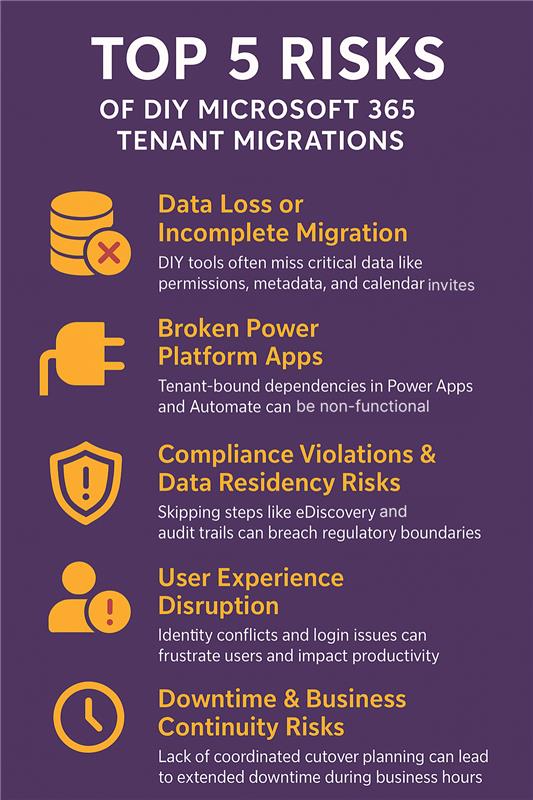
1. Data Loss or Incomplete Migration
Why DIY Tools Often Miss Critical Data During Tenant Migration
Microsoft 365 is more than just email and files. It’s a tightly integrated ecosystem of:
- Exchange Online (mailboxes, calendars, contacts)
- SharePoint and OneDrive (files, permissions, metadata)
- Microsoft Teams (channels, chats, tabs, apps)
- Power Platform (Power Apps, Power Automate, Power BI)
- Azure AD (identities, groups, roles)
DIY migration tools often focus on surface-level data-mailboxes and files-while missing deeper dependencies like:
- Shared links and permissions
- Version history and metadata
- Calendar invites and meeting attachments
- Teams chat history and app integrations
- Audit logs and compliance holds
A Microsoft thread discussing a multi-tenant migration noted that “even with scripts and third-party tools, we lost calendar metadata and had to manually recreate recurring meetings”
Once data is lost or corrupted, recovery is difficult—and sometimes impossible.
2. Broken Power Platform Apps (Power Apps, Power Automate)
How DIY Migrations Break Business-Critical Workflows
Power Platform apps are often tenant-bound—meaning they rely on specific environment IDs, connectors, and user permissions tied to the source tenant.
During a DIY migration, these dependencies are frequently overlooked. The result?
- Power Apps fail to load or crash
- Flows stop triggering or send data to incorrect destinations
- Embedded apps in Teams or SharePoint break silently
- Business users lose trust in IT
As Microsoft highlights that “Power Platform components are not automatically transferable between tenants. Rebuilding them can take weeks depending on complexity”
For organizations relying on these apps for HR, finance, or operations, this disruption can be costly.
3. Compliance Violations & Data Residency Risks
DIY Migrations Can Breach Regulatory Boundaries Without You Knowing
If your organization operates in regulated industries or across multiple geographies, compliance is non-negotiable.
DIY migrations often skip critical steps like:
- Mapping data residency requirements
- Preserving eDiscovery holds and audit trails
- Ensuring encryption and retention policies carry over
- Maintaining access logs and privileged access controls
Failure to do so can result in:
- Violations of GDPR, HIPAA, or FINRA
- Legal exposure due to lost audit trails
- Fines or reputational damage
In one Microsoft Tech Community post, an IT admin shared that “we didn’t realize our retention policies were tenant-specific until after the migration-resulting in accidental deletion of sensitive data”.
4. User Experience Disruption
Identity Conflicts and Login Issues in DIY Migrations
From the user’s perspective, a tenant migration should feel invisible. But in DIY scenarios, it often feels like chaos.
Common issues include:
- Users locked out of accounts
- Duplicate or missing identities
- Broken Outlook profiles and Teams logins
- Delayed access to shared files or calendars
- Confusion over which tenant to use
These disruptions don’t just frustrate employees—they impact productivity and morale. And when executives are affected, the fallout can be swift.
A user shared in Tech community: “We had users unable to access Teams for 3 days post-migration because their UPNs weren’t mapped correctly. It was a nightmare”.
5. Downtime & Business Continuity Risks
Lack of Cutover Planning Can Paralyze Teams
The cutover-the moment when users switch from the old tenant to the new one-is the most critical phase of any migration.
DIY migrations often underestimate the importance of:
- Coordinated cutover scheduling
- Real-time monitoring and rollback plans
- Communication plans for end users
- Contingency plans for failed migrations
Without proper planning, you risk:
- Extended downtime during business hours
- Email delivery failures or delays
- Inaccessible files or apps
- Confusion over which tenant to use
Even a few hours of downtime can cost millions—or worse, erode trust in IT leadership.
Discover how a lack of tenant migration strategy can derail M&A success in our detailed guide.
Conclusion
Microsoft 365 tenant-to-tenant migration is not just a technical task-it’s a business-critical transformation. While DIY may seem cost-effective upfront, the hidden risks can lead to data loss, compliance failures, and user disruption that far outweigh the savings.
If you’re planning a migration due to M&A, divestiture, or restructuring, take the time to assess the full scope-and ensure your team has the tools, time, and expertise to do it right.

